Kategori: In English
-

Deconstructing Expressionism: Antonioni’s Film of L’avventura
FEATURE. Bert Cardullo views L’avventura as a prime instance of Michelangelo Antonioni’s unique cinematic style – a hybrid style with origins in Italian neo-realism but with a generally overlooked connection to German Expressionism. Cardullo terms Antonioni’s mode of expression as ”introspective realism”.
-
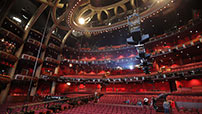
The Oscar Deception
FEATURE. The Academy Awards celebrate the American film industry – Hollywood, as it were – and the show has widely become known as “Hollywood’s holiest night” or even a show of overt “self-congratulation”. The “best” productions – those who come away with the Oscars – have a story to tell of Hollywood and of the Hollywood economy. According to film critic and Oscar expert Edward Jay Epstein, this story, however, is different from what we might expect. Oscar, says Epstein, is an illusion or even a deception.
-
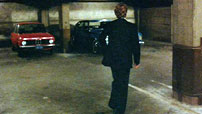
Harry Horner’s Visual Design Program for Walter Hill’s The Driver
FEATURE. Last year Nicolas Winding Refn’s Drive (2011) impressed both critics and public alike. One of the classic films that must have influenced Refn is Walter Hill’s The Driver (1978) – in itself a remarkable film that has not received the critical attention it surely deserves. In this article Marshall Deutelbaum focuses on the The Driver’s visual style emphasizing its roots in Los Angeles’ Bunker Hill neighborhood as well as its strategic use of color.
-
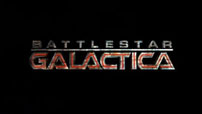
Battlestar Galactica: Not Your Father’s Sci-Fi
FEATURE. Re-imaginings of old televisual ‘classics’ are becoming an everyday phenomenon with series like CW’s 90201, TNT’s Dallas and Sci-Fi’s Battlestar Galactica. In this context, Battlestar Galactica (BSG) is particularly interesting by representing a re-imagining not only of the popular Cold War era space opera, but of the boundaries of sci-fi itself. In his article, Matthias Stephan introduces the aforementioned series, shown on thebasic cable station Sci-Fi/SyFy, and he pinpoints how and why the series represents a re-imagining of the science fiction genre, as defined theoretically by Darko Suvin.
-
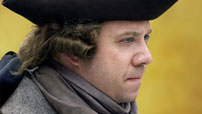
The Biography of Great Men: The Political Biopic in America
FEATURE. In many countries – including Denmark – the political biopic is at best a rarity. American cinema, however, is ripe with political biopics. How come? Andreas Halskov looks at key examples and traces the subgenre’s representational strategies.
-
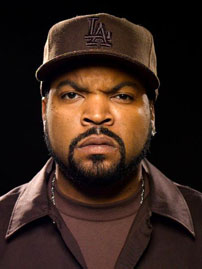
With an Attitude
FEATURE. This Summer Ice Cube toured Europe and gave memorable performances in both Aarhus and Copenhagen. Ice Cube’s musical career is alive and well as is his acting career. Cube has taken part in remarkably different films such as Boyz n the Hood (1991), Friday (1995), Three Kings (2000) and Are We There Yet? (2005). Ethan de Seife discusses the unusual development of Ice Cube’s star persona.
-
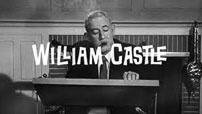
The Branding of an Author: William Castle and the Auteur Theory
FEATURE. William Castle’s filmmaking career can roughly be divided into a pre-exploitation era (1943-1958) and an exploitation era (1958-1974). The Tingler (1959) stands out, but Castle is typically appreciated for his showmanship and gimmicks rather than for his talent as a filmmaker. However, the very split between extracinematic and cinematic signatures offers an interesting framework for discussing Castle’s films. In fact, the case of William Castle offers an excellent opportunity to discuss the bounds and explanatory potential of authorship criticism as such.
-
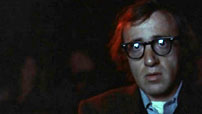
Identification: a Four-phase Model
FEATURE. Few film scholars cherish and practice brevity like Richard Raskin. In 1983, he wrote a hitherto little-known text on identification in the cinema. Raskin condensed his thoughts into a single table that various students of his have encountered in the form of a handout. Here – finally – Raskin presents his thoughts on the matter in the form of an article.
-

It’s not TV – or is it?
FEATURE. In accord with HBOs famous slogan “It’s not TV. It’s HBO”, the critically acclaimed series The Sopranos and The Wire have often been disaffiliated with the medium in which they were presented: Television. Audun Engelstad takes issue with this position. He situates The Sopranos and The Wire within the quality television debate before highlighting a number of features of the series that are specifically televisionesque.
-
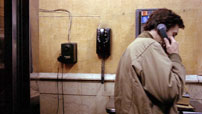
Antonioni Pirouette
FEATURE. There are many memorable scenes in Martin Scorsese’s modern classic Taxi Driver (1976). This article focuses on a single shot that occurs thirty-five minutes into the film as Travis (Robert De Niro) is talking to Betsy (Cybill Shephard) on the phone. The shot contains a peculiar camera movement that Pauline Kael referred to as Scorsese’s ’Antonioni Pirouette’. Jakob Isak Nielsen discusses various ways of understanding this particular camera movement.
-
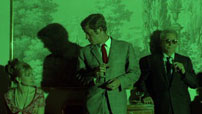
What is Modern Cinema?
FEATURE. In his book ¿Que es el cine moderno? (Uqbar 2008) Adrian Martin sets out to answer a question that is vast in scope: What is modern cinema? Here – for the first time in English – Martin gives us his remarkably bold ‘answer’.
-
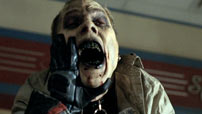
Eat your neighbour
FEATURE. The remake of George A. Romero’s The Crazies (Breck Eisner, 2010) and the release of the sixth installment in his Dead-series, Survivial of the Dead (2010) puts Romero’s zombie films back in the spot light – and it is not a pretty sight! Ib Johansen reflects on the zombie films of Romero – notably the Dead-series.
